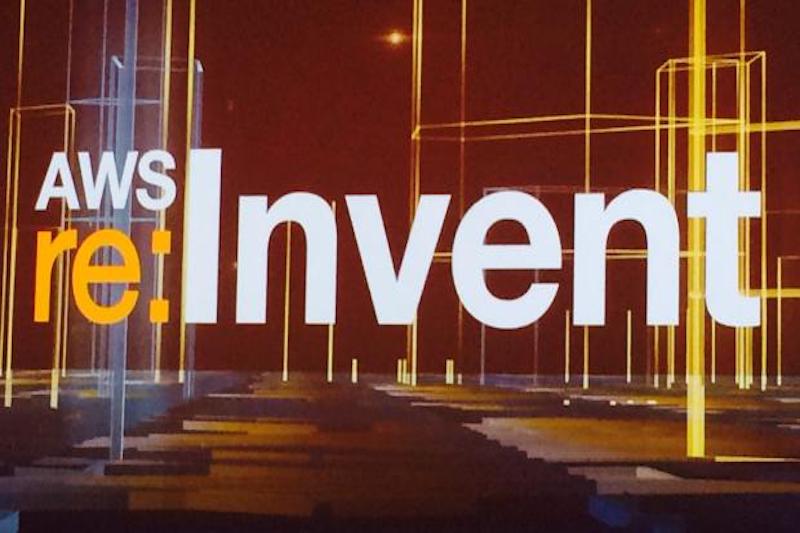Amazon's new in-memory engine SPICE will transform your analytics
QuickSight, based on the SPICE engine, lets users analyse all their AWS data in minutes

Diving into Amazon Web Services (AWS) data is about to get easier, with a tool based on the tech giant's new in-memory engine able to analyse and display information within minutes.
QuickSight, AWS's new business intelligence tool, is designed to offer AWS users insights into all the data they store in the company's multitude of products for just one-tenth of the price of traditional BI tools, starting at $9 per user.
The service sits on top of SPICE - AWS's “Super-fast, Parallel, In-memory Calculation Engine” that does all the hard work so QuickSight can serve up a visualisation of the data within 60 seconds.
Senior VP of web services, Andy Jassy, said: “Since so many of our customers are storing data in datastores across AWS, when you log into QuickSight, SPICE will recognise what data that customer has thrown in each of those datastores and then calls that data, and then puts it into the in-memory query action so that when customers do their first insights, their first visualisations, they happen really fast, within 60 seconds.”
Currently QuickSight and SPICE can grab data from Amazon services including Redshift, Amazon RDS (all engines), S3, DynamoDB, Elastic MapReduce, and Kinesis.
By channelling information into SPICE's fast data-processing engine, QuickSight removes IT's burden of manually extracting, transforming and loading data - or the need for expensive tools to automate that process.
SPICE uses a combination of columnar storage, in-memory technology, machine code generation, and data compression to quickly run queries on large datasets.
Get the ITPro daily newsletter
Sign up today and you will receive a free copy of our Future Focus 2025 report - the leading guidance on AI, cybersecurity and other IT challenges as per 700+ senior executives
Explaining how QuickSight analyses the data, product strategy VP Matt Wood said: “We take a look at not just the source of that data, but we start to inspect the data types inside that data and look for the relationships between those data types.
“What this allows us to do is bring up a lot of information intelligence about the types of data that you're working with.”
Another Amazon tool within QuickSight, called Autograph, then automatically chooses the best way to visualise the information, in an effort to display it clearly to users.
Some customers are already using the BI tool, with Nasdaq trying it out on its RedShift and S3 datasets.
The stock market's principal architect, Nate Simmons, said: “Based on our preview of Amazon QuickSight, we found the SPICE in-memory calculation engine combined with an easy-to-use UI to be appealing for our use cases. We also like the ability to scale to very large data sets and many thousands of users with ease.”
Customers can use other data visualisation tools like Qlik and Tableau instead of QuickSight's Autograph feature, but SPICE can sit below these tools to speed up their queries.
Jassy said: “One of the things we heard over and over again from our customers is that they wanted their queries to be much quicker, much more responsive. SPICE is going to allow our customers to have much faster query times and also allow our BI partners to have their queries and their tools [be] much faster.”
Tableau's product management VP, Dan Jewett, said: “Having a fast-performance, in-memory engine that works well with Tableau’s visual analytics will allow our customers to see and understand their data both quickly and efficiently.”
QuickSight is now available in preview.
-
 Cisco names Oliver Tuszik as global sales chief
Cisco names Oliver Tuszik as global sales chiefNews Cisco has announced the appointment of Oliver Tuszik as its new executive vice president of global sales, who replaces Gary Steele.
By Daniel Todd
-
 AI will chew through the same amount of energy as Japan by 2030
AI will chew through the same amount of energy as Japan by 2030News The energy demand of AI data centers will top that of Japan by the end of the decade, new research shows – and that’s providing that energy grids can even keep up.
By Nicole Kobie